Max Mara Art Prize for Women Winner Helen Cammock’s Exhibition Opens in Italy
The British artist debuted “Che Si Può Fare” at Collezione Maramotti following a six-month residency and a Whitechapel Gallery run of the show

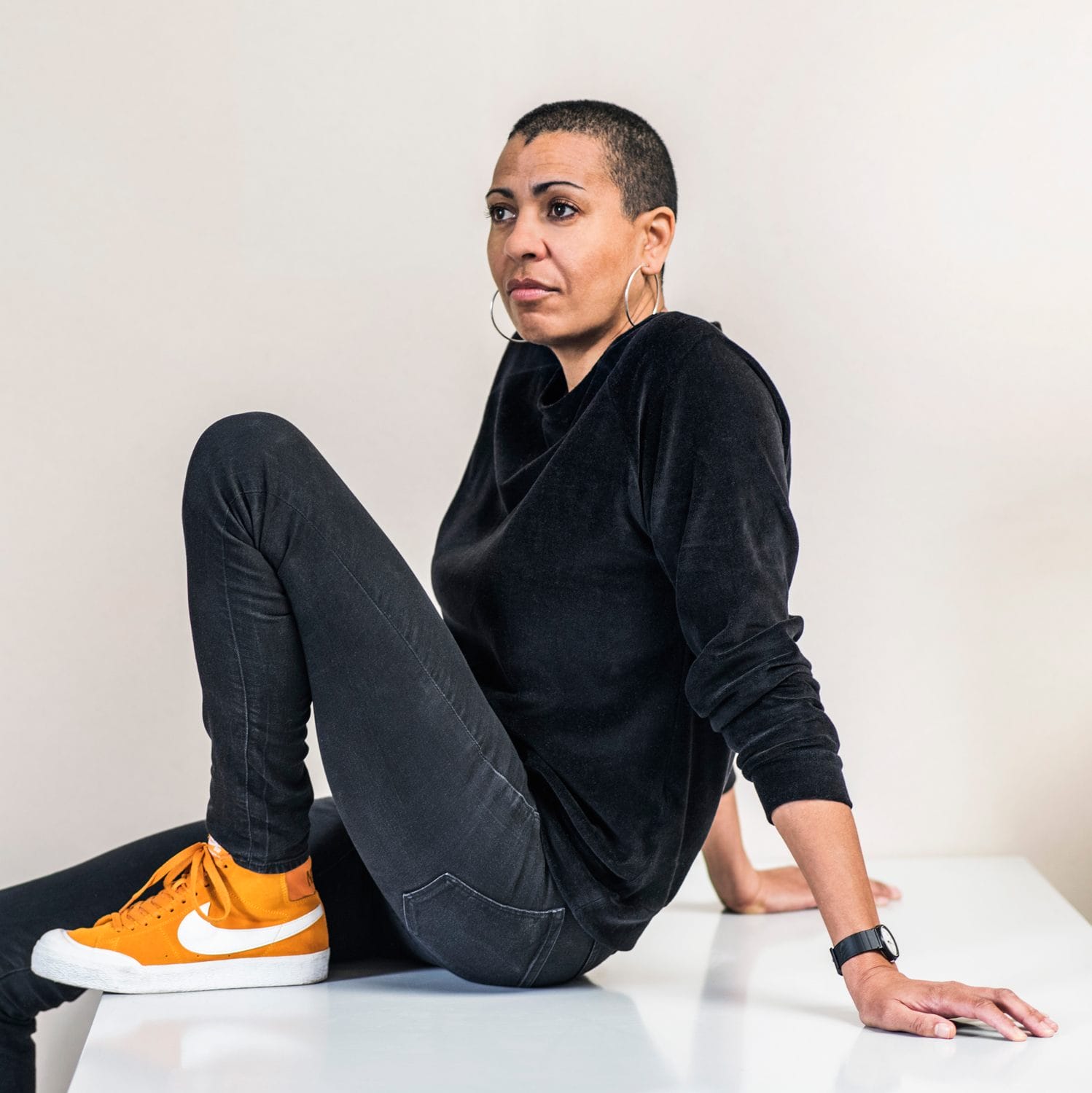
Occupying the former Max Mara factory, located in the fashion giant’s birthplace of Reggio Emilia, Collezione Maramotti is among the main attractions of the small northern Italian city known for its namesake pedagogical technique, exceptional cuisine, and vicinity to cultural hubs, such as Bologna and Turin.
Designed by Antonio Pastorini and Eugenio Salvarani in 1957, the building was remodeled into an exhibition site by British architect Andrew Hapgood after the fashion line moved its production outside Reggio Emilia in 2003. The institution now displays a portion of the collection started by the late Max Mara founder, Achille Maramotti, in the 1960s in addition to hosting temporary exhibits of works by contemporary artists who challenge the visual and narrative limits of Western art today.
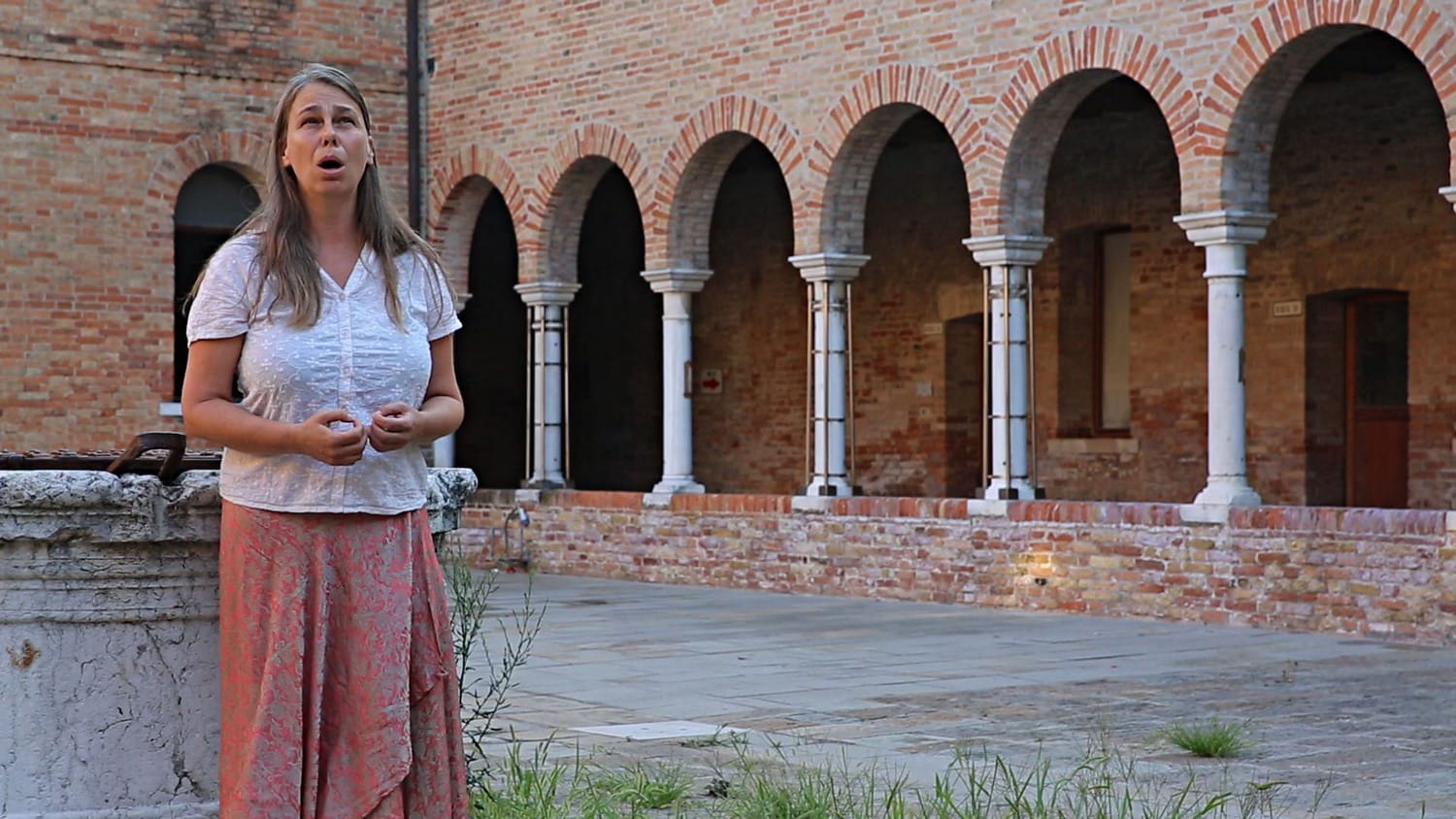
Collezione Maramotti continues its legacy of supporting groundbreaking movements, such as Arte Povera or Pop Art, through its globally recognized biannual Max Mara Art Prize for Women, rewarded in collaboration with London’s prestigious Whitechapel Gallery. Building on a roster that already includes Laure Prouvost, Andrea Büttner, and Emma Hart is this year’s winner, Helen Cammock, who was selected by a jury that included Whitechapel director Iwona Blazwick, art critic Rachel Spence, gallerist Vanessa Carlos, and former winner Prouvost.
Recommended: How Major Luxury Brands Are Fostering Creativity Through Cutting-Edge Programs
This has been a busy year for Cammock, who is currently one of four Turner Prize nominees and opened a solo exhibition at Whitechapel earlier this summer. Entitled “Che Si Può Fare” (“What Can Be Done” in Italian), the exhibition stemmed from Cammock’s six-month residency in Reggio Emilia, where she observed local folklore, traditions, and craft techniques of lament to build a narrative of resilience and destiny. Following a successful British run, the exhibition recently opened at Collezione Maramotti, surrounded by the waves of rhythms and textures that influenced the artist’s three-channel video piece, Chorus I, in which various local women narrate their stories that revolve around immigration, religion, labor, and activism.
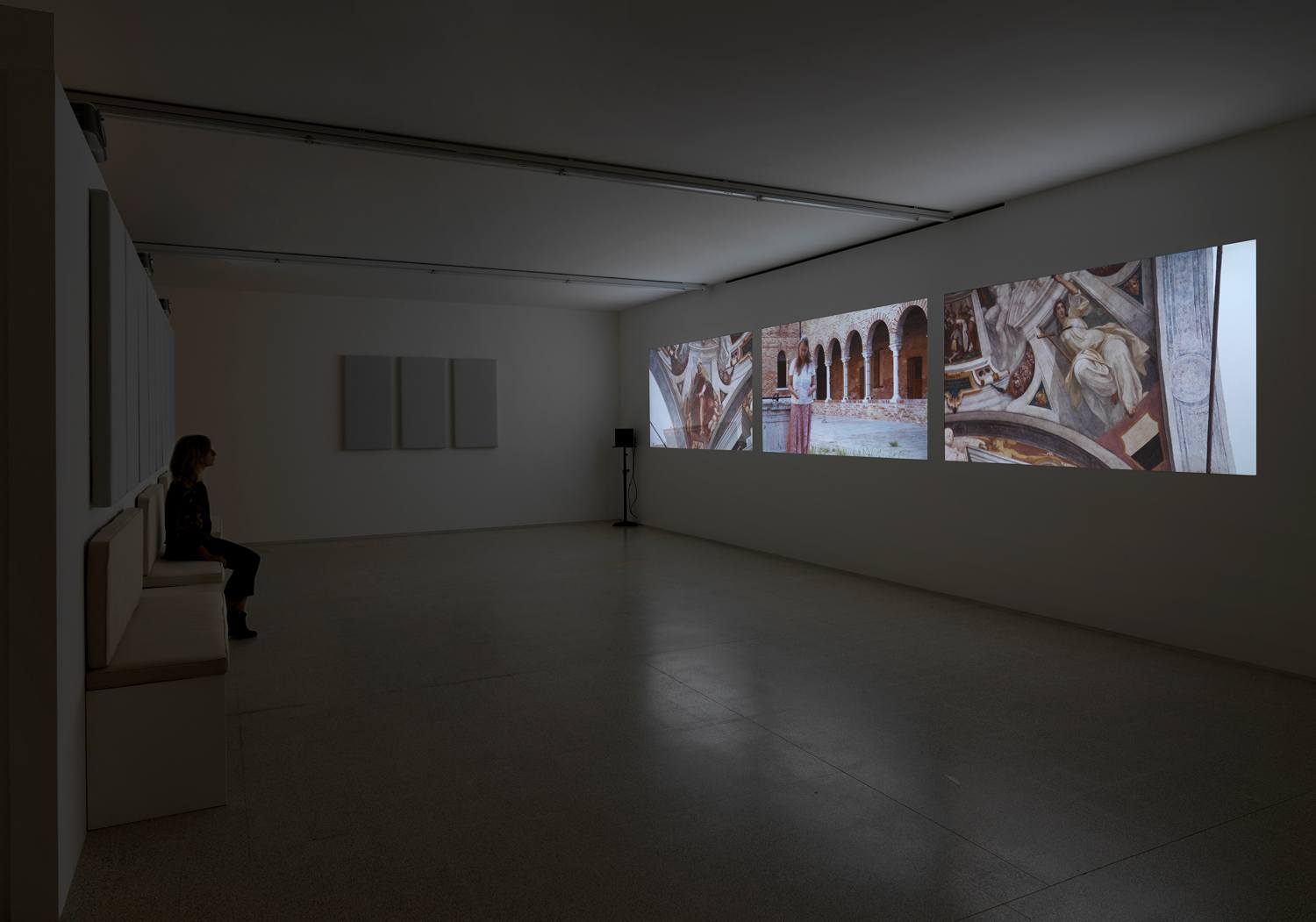
Additionally, Cammock’s presentation during opening night included a performance that did justice to the song from which the exhibition takes its name, which was composed by the first female Baroque musician, Barbara Strozzi, in 1664. Accompanied by a live jazz trumpeter, the artist herself sung the solemn song, giving it a more contemporary sound as it echoed throughout the museum. Attendees joined local women and female museum staff in an extension of Cammock’s melody, by performing abstract body gestures.
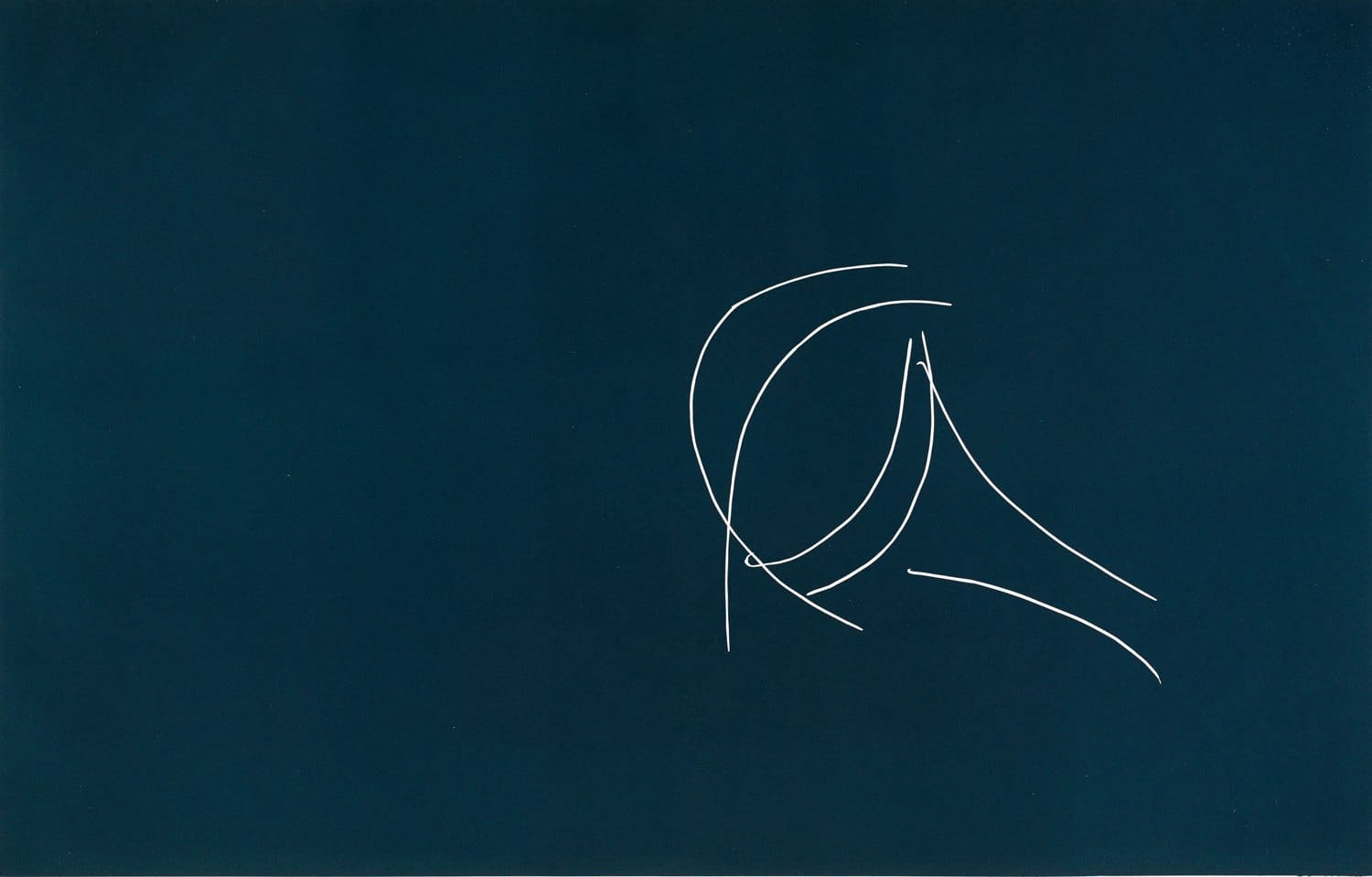
“Keeping the title without a question mark suggests provocation about what can be done today,” Cammock explained to Galerie the following day, during the announcement of the four artists nominated for 2019–21’s Max Mara Art Prize for Women. “This is about one asking questions of herself in a world where women are enabled to articulate mourning and suffer differently than men.” The artist experienced mourning firsthand when her mother passed away during her residency in Reggio Emilia.
The nominees for the next Max Mara award are Allison Katz, Hanna Tuulikki, Katie Schwab, Tai Shani, and Emma Talbot; the winner will be honored with a solo exhibition at Collezione Maramotti in 2021.
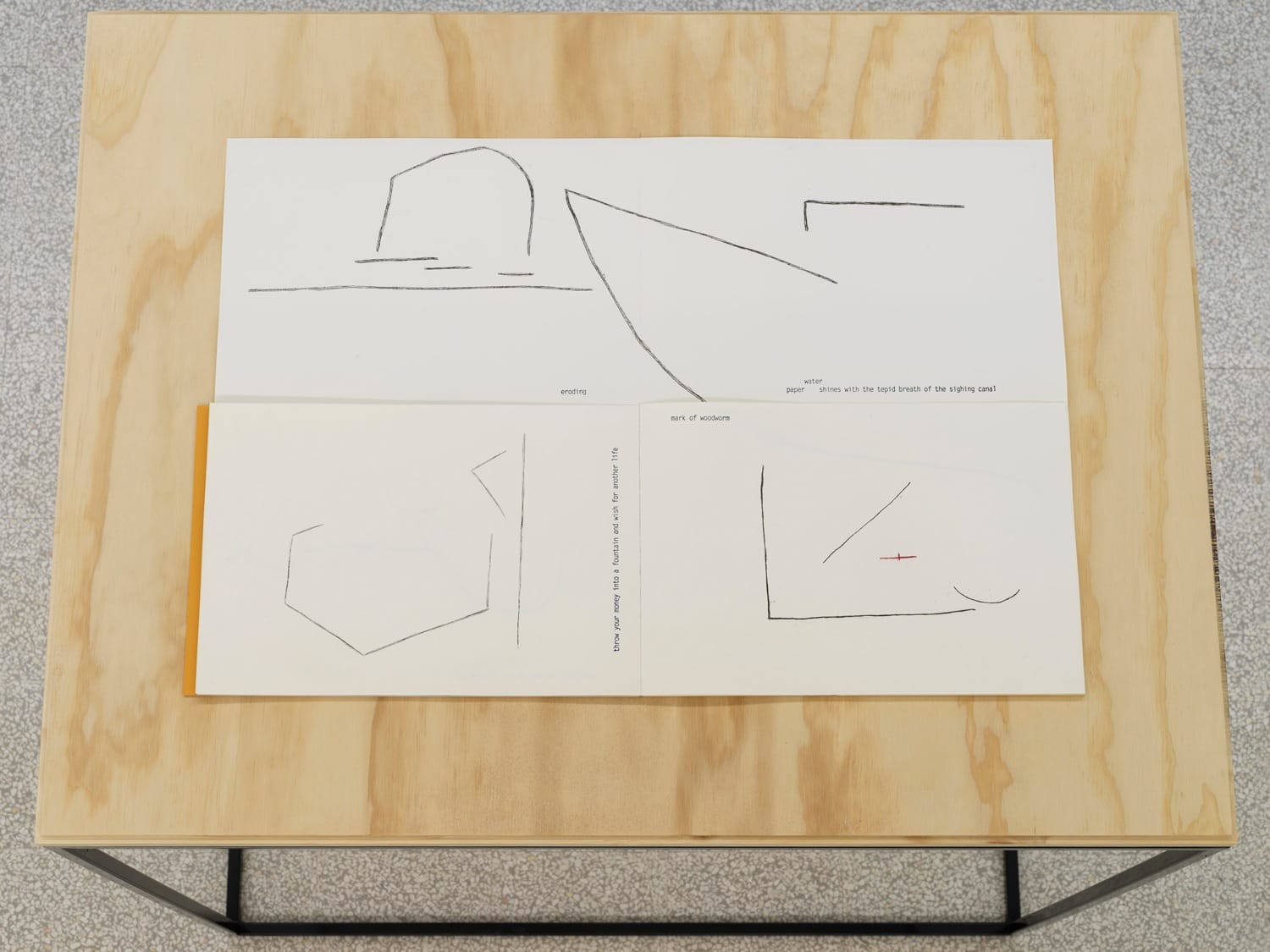
“Helen Cammock: Che Si Può Fare” is on view at Collezione Maramotti through February 16, 2020.